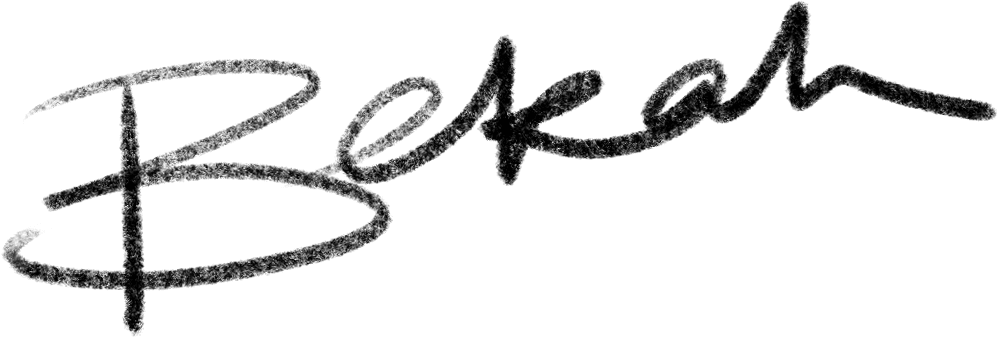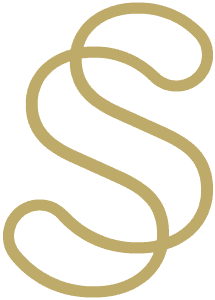So, You need a
Brand Identity
It’s important to remember that when we look at something, we don’t read first. Before anything else we see shape, we see colour, and if that’s enough to hold our attention, then we’ll read.
So in every instance, regardless of company, the small but essential element in the brand picture is the logo.
A good logo needs to be a visual metaphor, something symbolic that captures the essence of who you are.
Distilling your businesses identity and personality down into a single icon can be challenging, so getting an idea of the bigger picture often helps me understand what your business is all about.
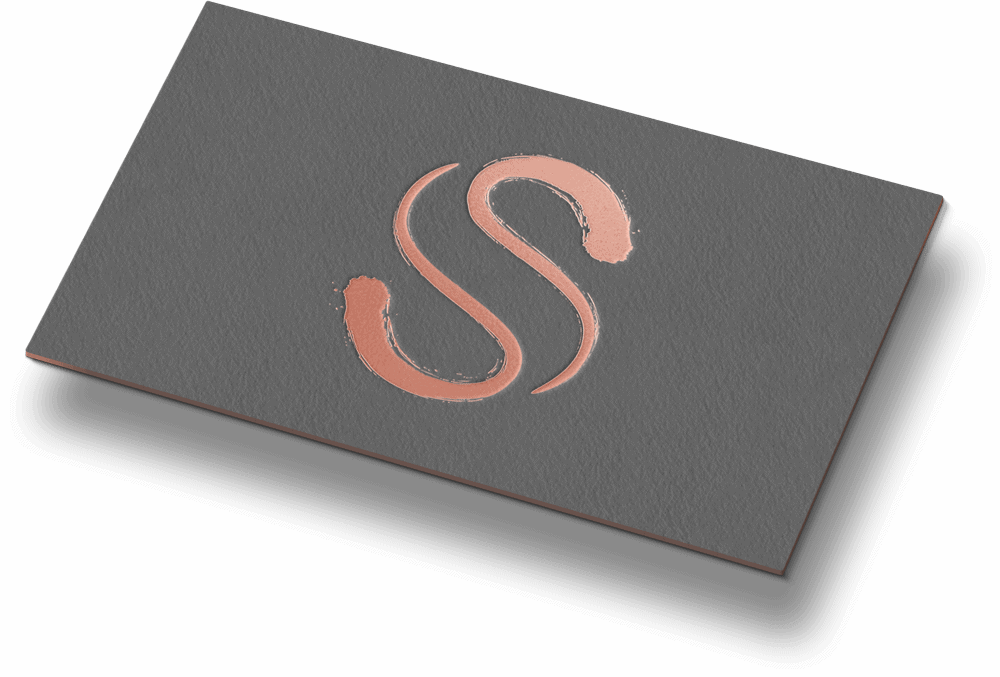
Why do I Need a Logo?
Great design has an immediate impact. As in life, first impressions count.
Using an iconic and memorable logo will help you stand apart from the competition and leave a lasting impression.
- Recognition – You do great work and people need to know it’s you doing it.
- Differentiation – Stand out from others making similar work to yourself.
- Visual Shorthand – Identify immediately who you are and what you do.
- Credibility – Are you a real organisation or just someone with a website?
- Organisational Pride – A collection of people under one banner.
- Personal Relationship – In a visual society, you need a face.
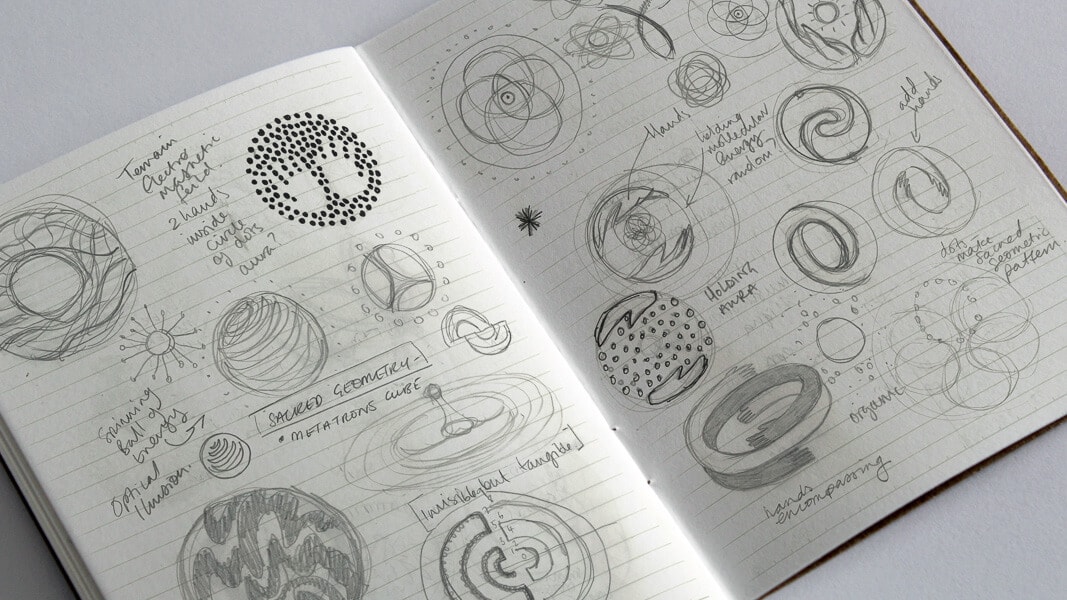
The Logo Design Process
Stage 1
Research
-
After we’ve met in person to discuss your business, or you’ve completed my logo questionnaire, (available to download at the bottom of this page), I squirrel myself away and get on with some research.
I often refer to the questionnaire at this stage, giving me insight into your business, your needs and wants, design perspective, and who the logo should resonate with (both you and your clients!)
This research is vital, putting myself in your shoes and getting to know what you do, why you do it, and who you’re doing it for. It sets the foundation for the design stage and gets the ideas flowing.
Stage 2
Scamps / Sketches
‘Scamp – a first rough or mockup usually used in artworking terms’
Quick and messy, ideas usually come thick and fast.
Often the most spontaneous, instinctive and unforced scribbles are the most successful; although this does not mean they are uninformed – they resonate the research completed previously.
Once I come to something I like, that doesn’t mean the sketching process is concluded – I’ll often sketch out many many more ideas until I feel I have a good representation of the concept; even if I end up coming back to that initial sketch that really resonated with me.
Stage 3
Distillation
-
I seek out the rough sketches with the most potential, import them into Adobe Illustrator and start playing with the shapes and forms. At this stage I am working in black and white, combining and simplifying ideas.
Often I like to come back to this part of the design stage over the course a few weeks, which lets the concepts distill, evolve and come to life. This gestation period gives me time to think and get perspective on the design.
Stage 4
Concept
-
Now I present the concept to review with you; here we can discuss the concept in detail, finalise the design and decide if any tweaks are required.
Stage 5
Finalising
-
Based on your feedback, I will complete the design and present it!
I will also provide you with all of the logo files for print and web as well as a guide for how to use them.
Stage 6
Brand Guidelines
If you require a branding and style guide, I usually work on some of this concurrently to the logo. Once the logo is finalised; I can continue finalising the brand guidelines, adding colours, typography and brand collateral.
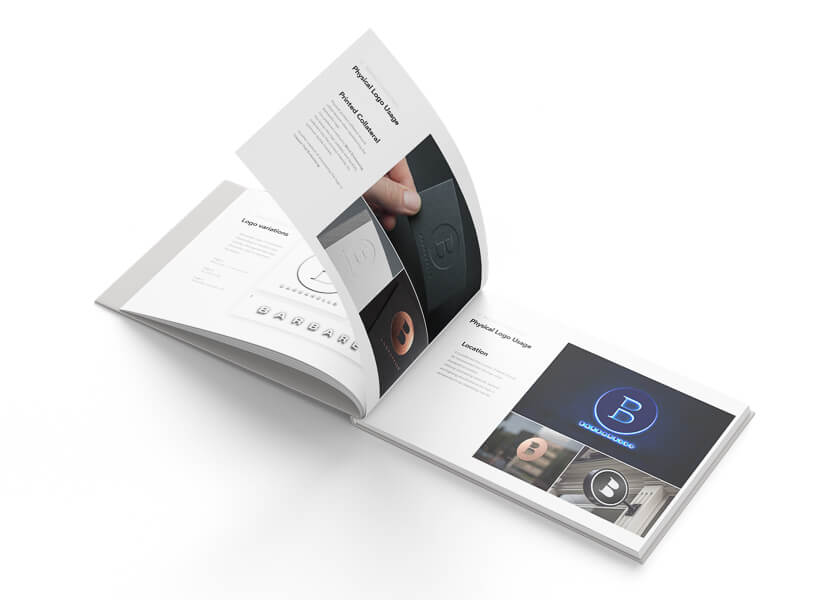
Key Logo Tips
- Make sure your logo is easy to read when displayed very small, and very large.
- Either use colours that stand out, contrast, or complement each other.
- Think about your use of Typography.
- Most importantly, Less is more – uncomplicated logos provide an immediate impact.
